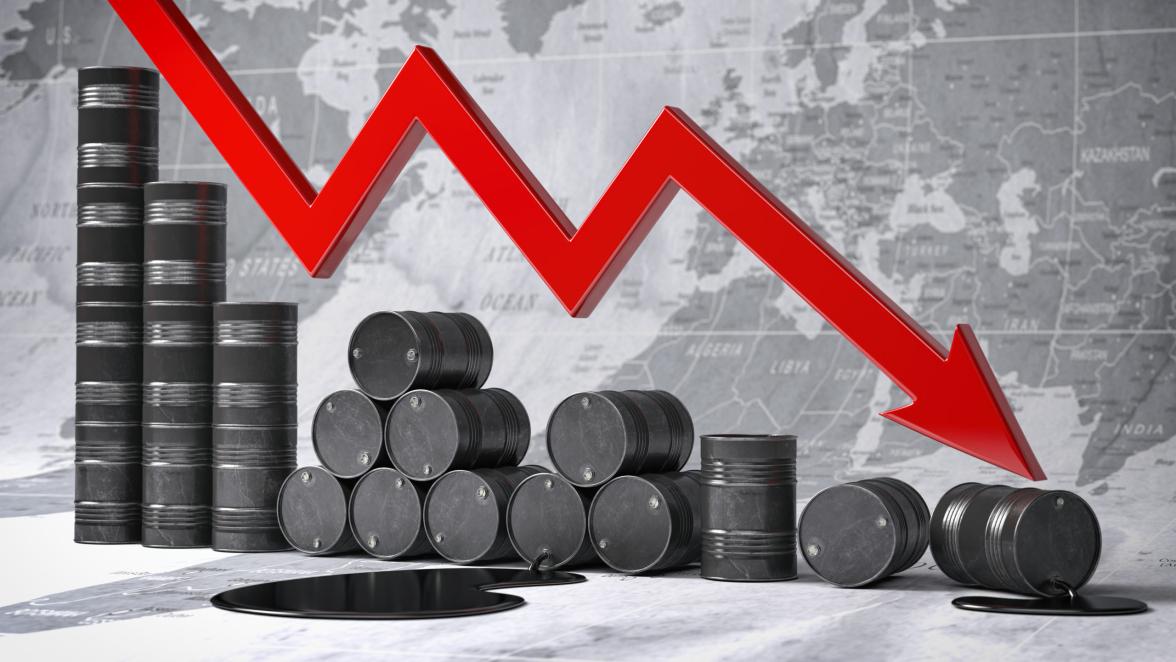They say if you live long enough you really do see everything. Well, last week investors saw something they had never seen before - the price of a barrel of oil going for negative $37, at least based on the May 2020 futures contract on West Texas Intermediate (WTI). A development which begs the question - how can oil be worth less than nothing? The short answer is it isn’t. So, we shouldn’t be on the lookout for gasoline prices going to zero, or lower - though it would be nice if we were paid at the pump. The long answer speaks to the peculiarities of the futures market. Before we go down that road, let’s take a quick 10,000 foot view of the energy market.
Coming into 2020 the world was producing about 101 million barrels of oil a day, roughly in-line with global demand, and WTI was trading for about $60 a barrel. The demand for oil began to weaken as China locked down its economy to contain COVID-19. Then the demand plunged as OPEC+ couldn’t agree on production cuts and other nations shut down their economies in response to COVID-19. Now, the International Energy Agency predicts global demand for oil will drop by 29 million barrels a day in April and by 9.3 million barrels a day for all of 2020. Beyond that, the world is quickly running out of room to store the oil it continues to produce but can’t use.

This brings us to April 20 and the May contract on WTI which would expire on April 21. As the trading day went on, it became evident holders of contracts who had intended to take possession of the associated commodity no longer had the interest or ability to do so. The contract traded down to and then below zero, a development that was driven by the pending expiration of the contract as much as anything else. Now that said, the outlook for oil remains challenged as the outlook for the economy remains challenged. A 10 million barrel a day production cut is coming online May 1, the US rig count is plunging, and we are beginning to see countries and states start to reopen their economies, all of which should help support the price of oil. The June 2020 WTI futures contract is trading at $17, incredibly depressed to be sure, but well removed from negative $37. Finally, we would point out that while high-yield energy bonds continue to trade at very distressed levels, they are well off their recent lows.
The views expressed are those of Brinker Capital and are not intended as investment advice or recommendation. For informational purposes only. Brinker Capital, Inc., a registered investment advisor.Tagged: Market perspectives, weekly wire, Tim Holland, oil pricing





























